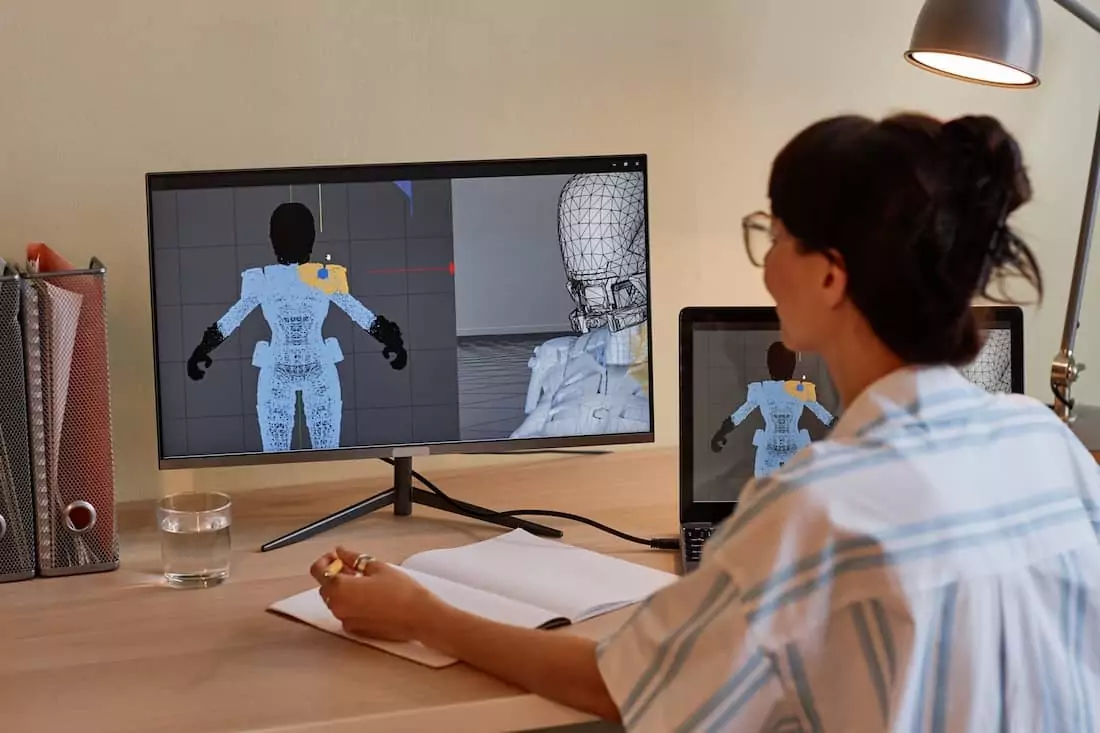Laying the Foundation for Gameplay
Every successful game begins with solid design. It’s not just about visuals or story—it's about how the game plays. Game design and prototyping shape the experience from the ground up, defining mechanics, rules, goals, and pacing. This is where the core of the game is built—long before art, polish, or launch.
Prototyping allows developers to test ideas early, refine gameplay systems, and make key decisions before full production begins. It’s the blueprint that determines whether a game feels smooth, balanced, and fun to play.
Designing Mechanics That Matter
A great mechanic can carry an entire game. Whether it's a movement system, combat flow, or resource management loop, mechanics are what players engage with every second. Designing these systems involves careful planning, iteration, and attention to detail.
Balance is key. The goal is to build systems that are intuitive yet deep, easy to pick up but hard to master. Good design also considers player behavior—anticipating how people might approach challenges and how the game responds to their decisions.
Building and Testing Prototypes
Before anything is fully built, a prototype puts ideas into motion. These early versions of a game, often using placeholder visuals, allow developers to explore gameplay loops and identify what works—and what doesn’t.
Prototypes focus on functionality, not polish. The goal is speed and clarity: test a system, adjust the parameters, and repeat. This is how great games evolve from rough sketches into refined experiences. Changes made during this stage are faster and less costly than in full development, making prototyping a critical phase.
Level and Progression Design
A well-designed game isn’t just about one good moment—it’s about how those moments build on each other. Level design creates the structure that guides the player through the game, while progression systems keep them motivated and challenged.
This includes pacing, difficulty curves, rewards, and discovery. These elements are shaped and tested during the design and prototyping phase, ensuring the game remains engaging from start to finish.
Game design and prototyping are where vision becomes structure. By testing ideas early, refining mechanics, and shaping gameplay with purpose, the development process gains direction and clarity. It's not just the first step—it's the one that determines what the entire game becomes.

Add a comment